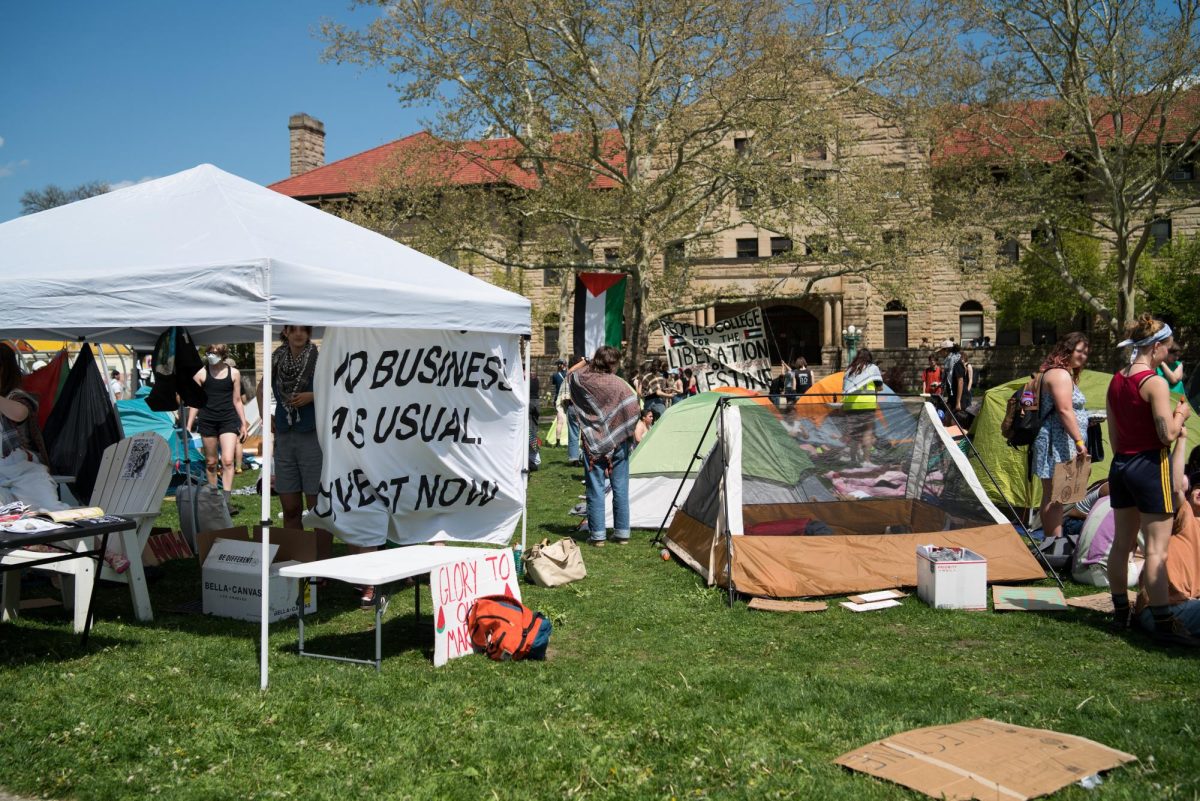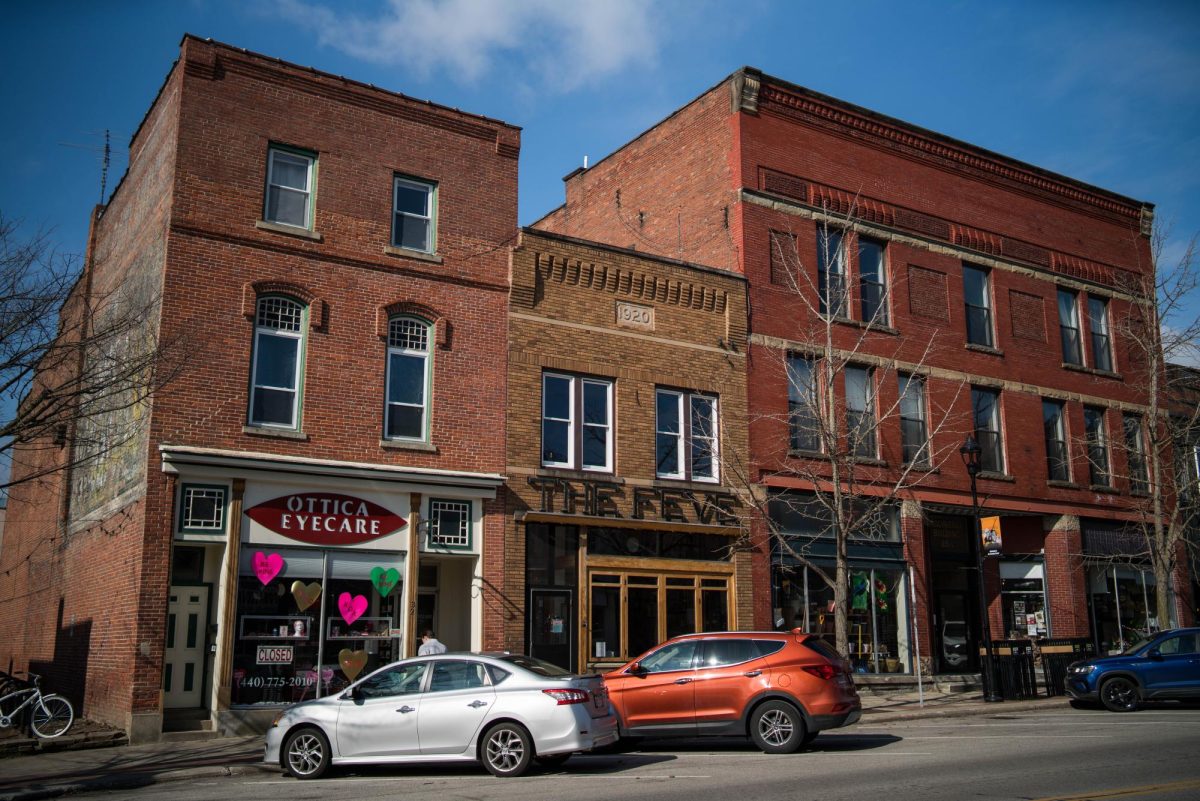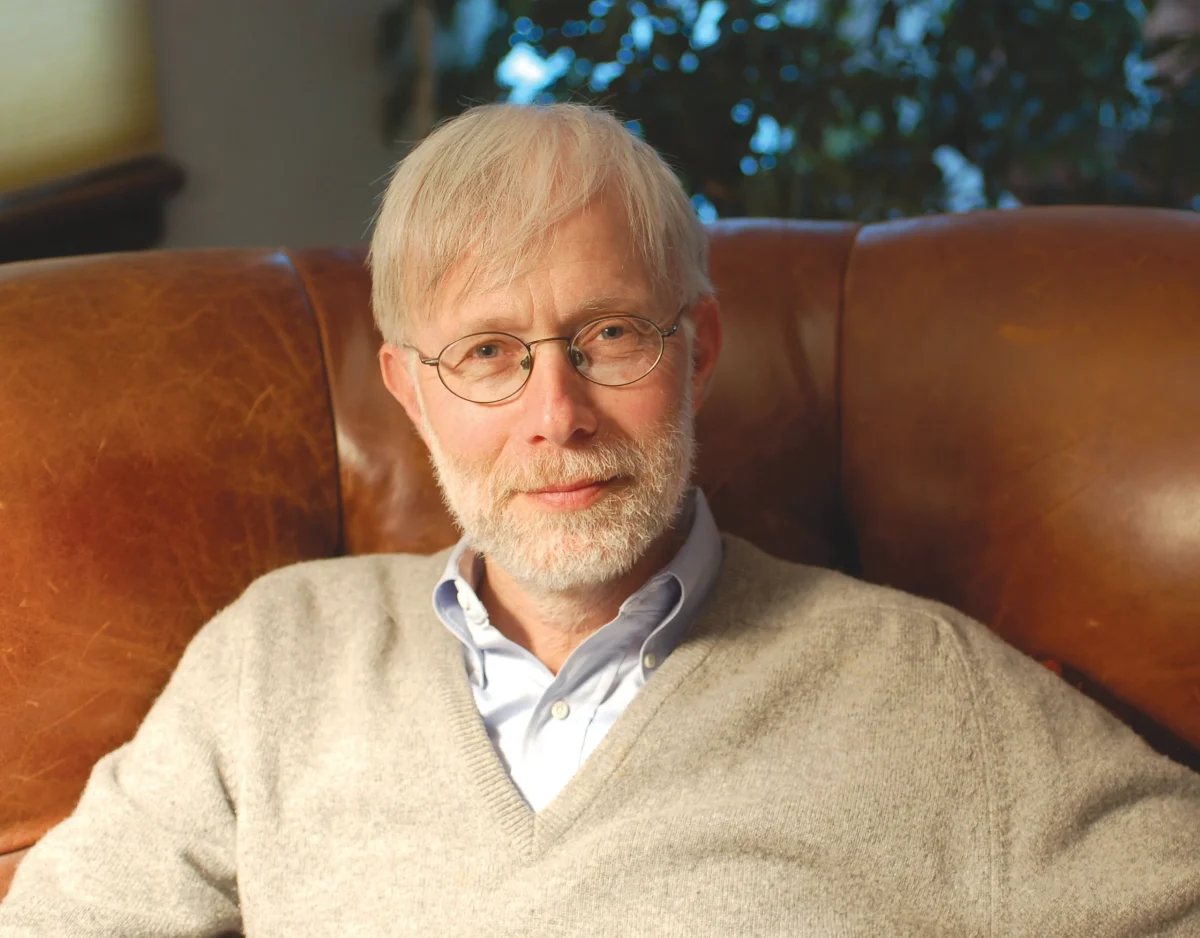This week, the community for Bridging Resources and Access to Nurture Community through Holistic Engagement in STEM hosted two final events for the 2023–24 school year. On Wednesday, they hosted their third and final listening session of the semester, focused specifically on underrepresented genders in STEM.
Each listening session provided space for a specific underrepresented identity group to bring up issues and barriers they face in STEM fields. On Friday, BRANCHES hosted a Research Opportunities panel with faculty from a diverse range of STEM fields to help students learn about ways to get involved with research on campus and over the summer.
As an organization, BRANCHES focuses on creating programs that foster communities for underrepresented populations in STEM fields and link them to important resources they might not otherwise know about. Although it is primarily student-run, BRANCHES is connected to the Office of Undergraduate Research and the Roots in STEM Identity-Based Community.
College fourth-year Iago Braz Mendes is a member of the BRANCHES team. He mentioned that providing underrepresented students with resources and opportunities to succeed in STEM allows more individuals to go into STEM fields, ideally increasing representation of these populations in those fields.
“It’s easy to be in a cycle where, because [underrepresented] communities are not aware of the opportunities, or because of the barriers that exist, they don’t go forward in different fields of STEM, and the communities who are already represented in those fields keep being represented,” Braz Mendes said. “The mission of BRANCHES is to create a community and foster that community in STEM.”
Program Coordinator at the Office of Undergraduate Research Zach Slimak, OC ’22, works closely with the BRANCHES team to get the programming underway. He mentioned that BRANCHES allows students to get involved in STEM without having any background in the subject, therefore decreasing barriers.
“I think what BRANCHES can really do is give the connections, give the pathways, give the students a way to engage with their STEM community without ever having to have been involved in STEM,” Slimak said. “It gives them that sort of ‘foot in the door,’ which I think is a really cool thing.”
College third-year Leann Torrez is also part of the BRANCHES team. She echoed Slimak and Braz Mendes’s sentiment.
“There are a lot of students on campus who are underrepresented in STEM, and they don’t really have ways, or they might not know how to reach out to certain resources or find certain things on campus,” Torrez said. “We’re kind of here to host events or host listening sessions to share resources.”
College third-year Abby Tejera Rocha works on the BRANCHES team as an advertising manager. She emphasized that in addition to linking students to resources, allowing people who hold marginalized identities to see themselves in STEM roles is a crucial aspect of increasing representation in these fields.
“Many times you might not think that STEM is for you, because if you think about scientists that people know about, it’s usually like men, and they are already dead, like they lived years ago, and just being able to see that there are people who look like you or identify as underrepresented in your own community. … Just seeing those models makes you feel like, ‘Oh, I can also do it,’” Tejera Rocha said.
Slimak agreed, adding that the dominant voices in STEM often come from overrepresented populations, and one of BRANCHES’s main goals is to make space for less-heard voices.
“I think STEM has this history of being a very white, male-dominated area of study, and very much not inclusive of thoughts and ideologies that are not necessarily directed under that narrative,” Slimak said. “I think what’s really important about BRANCHES at Oberlin is that it is giving students an option to be heard. It’s giving students an option to vent about STEM, to actually have people who are there to listen, to put together programming that will help them and know that there’s a space for them even if they don’t feel like they belong in a STEM class.”
In addition to providing resources and representation in STEM, one of BRANCHES’ most important goals is to foster community and connection between students who hold underrepresented identities in STEM fields.
Tejera Rocha mentioned that understanding that you aren’t alone is critical for increasing representation in STEM.
“Sometimes you don’t see very many people who look like you in your classes, so it’s important to have other opportunities and events to actually find that community and just support each other and see that you’re not alone,” Tejera Rocha said. “Sometimes, STEM can feel very isolating, so just having those moments of being like ‘Okay, I have my community on campus.’”
Slimak echoed the sentiment.
“We had various students say they really had never seen a community like BRANCHES or they didn’t think they would have something like that when coming to Oberlin,” Slimak said. “That’s part of BRANCHES’ mission, is to really put that sense of belonging back into STEM.”








